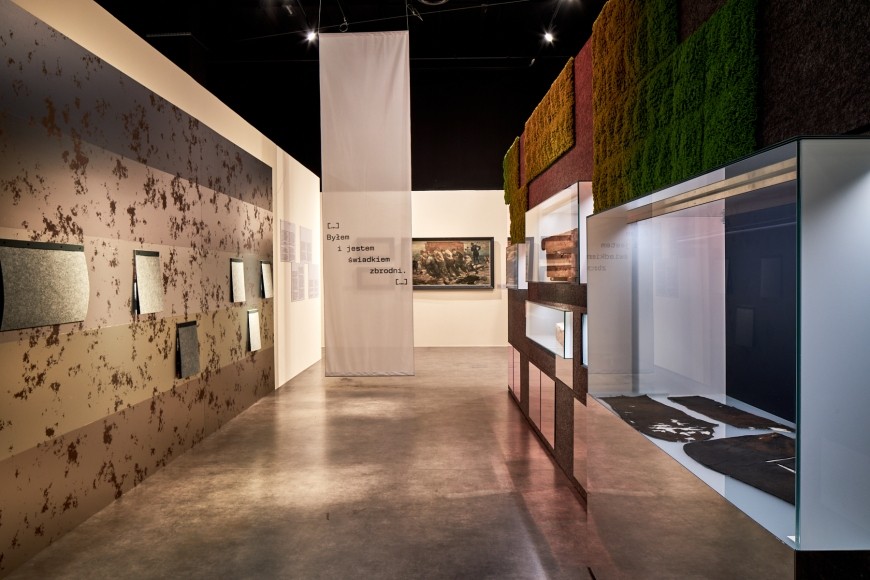The exhibition presents one of the lesser-known aspects of the peninsula's history. It highlights the fate of Polish civilian prisoners of war held there. Telling this story through artifacts was made possible thanks to discoveries made by museum archaeologists last fall.
Westerplatte is primarily discussed in the context of its seven-day defense. The aim of the new exhibition is to highlight the peninsula's lesser-known history, that of the Polish prisoners of the Stutthof camp, who were imprisoned there from September 1939 to June 1941. The exhibition explores their experiences of labour, hunger, humiliation, and death at the hands of German overseers. The story of the victims and perpetrators was constructed from the perspective of an interdisciplinary research team – archaeologists, historians, anthropologists, and criminologists.
A Hidden Crime
In 2024, archaeologists from the Museum of the Second World War in Gdańsk discovered the site of a field gun used during the defense of the Military Transit Depot in 1939 at Westerplatte. Human skeletons were found in the remains of two of its bunkers. Preserved fragments of clothing and small personal items made in Poland confirmed the archaeologists' suspicions – these were the remains of civilian prisoners. The position of the bodies, characteristic bone damage, German ammunition casings, and the presence of fired bullets indicate that the bunkers were also the site of the crime.
As exhibition co-curator Agnieszka Bacławska-Kornacka emphasizes, Westerplatte is a part of the city where World War II remains strongly present, a space still marked by suffering.
"During their research, archaeologists from the Museum of the Second World War continue to discover and recover the bodies of war victims. In addition to the defenders, these included civilian prisoners who cleaned up the battlefield. [...] Archaeologists' work demonstrates that nothing is "expired" on earth. Sharing this knowledge is an important step on the path to a sense of justice and regaining balance after the crisis." "War casts a long shadow over the next few generations, and the trauma associated with it blocks the personal and social development of those affected," says Agnieszka Bacławska-Kornacka of the Museum of the Second World War in Gdańsk.
The exhibition consists of a historical and archaeological section. It presents over thirty original personal items from excavations. Due to the images of atrocities it contains, it is intended for people over 16 years of age. For the comfort of visitors, the location of sensitive content, including artifacts belonging to victims, has been presented on a map (in front of/after the guide), which allows you to adjust the intensity of the content to your personal sensitivity.
During the visit, it is also important to observe one's emotions and, after viewing the exhibition, to rest. To this end, the Museum of the Second World War has provided visitors with a biophilic respite zone, located on level -2 of the building.
Find more information about the exhibition here: https://muzeum1939.pl/en/earth-does-not-lose-civilian-prisoners-war-westerplatte-19391941/7771.html
Photo: © Budzik Studio
Museum of the Second World War
pl. W. Bartoszewskiego 1, 80-862 Gdańsk
phone: +48 58 760 09 60
info@muzeum1939.pl
Museum of the Second World War pl. W. Bartoszewskiego 1, 80-862 Gdańsk
phone: +48 58 760 09 60 info@muzeum1939.pl
Veranstalter : Museum of the Second World War
